Get the weekly SPARTANAT newsletter.
Your bonus: the free E-Book from SPARTANAT.
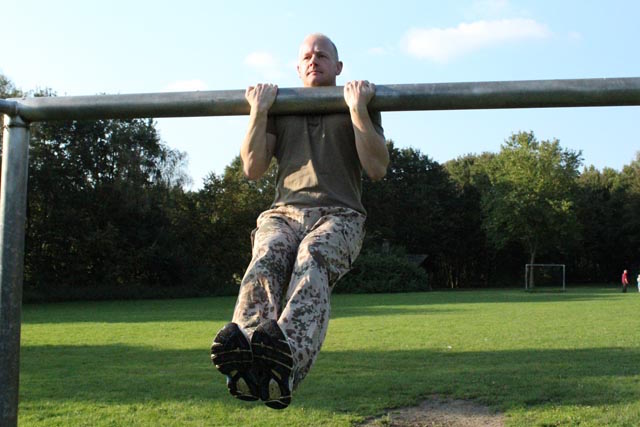
Torsten Schreiber: "Military Fitness, intensive and efficient"
Former combat swimmer trainer Torsten Schreiber provides insights on achieving "Military Fitness" in his unique book. Emphasizing the importance of physical conditioning for soldiers, he explains the structured approach to training, holistic fitness goals, and the necessary components for optimal preparation. The book covers strength and flexibility exercises, as well as training plans for running and swimming, making it a valuable resource for those aspiring to reach the fitness level required for special forces.
Being a soldier is a physical activity. Above all, it is about fitness, if you don't want to fall behind. In the special forces, Americans talk about the "military athlete". It seems clear that there must be a special "Military Fitness" for this. Torsten Schreiber, a former combat swimmer trainer, has now released a unique book (HERE our book review about it), which explains how to become militarily fit. We at SPARTANAT wanted to know from him what needs to be done.
SPARTANAT: Torsten, you were a combat swimmer. When you and we talk about fitness, what is the common standard that we can start from?
Torsten Schreiber: Fitness is a term that is used very differently and everyone has their own personal idea of it. I understand fitness to mean being in such a good physical condition that one can easily handle all the demands of everyday life. It should be possible to carry two water jugs up three flights of stairs without reaching personal limits, as well as playing soccer with a child for an hour. Furthermore, fitness is also the ability of the muscles to support the bones and joints and protect us from damage to the musculoskeletal system, which has become more and more prevalent in our society due to lack of movement. This state of fitness is of course not present by itself, but it is much less time-consuming to achieve this physical condition than one might think.
SPARTANAT: With your book on Military Fitness, it seems that you hit a nerve. What does the "Military" in fitness mean to you?
Torsten Schreiber: The "Military" in fitness is primarily about the way the training is structured. A workout should be intense, but not take up too much time in order to be able to integrate it into everyday life. Nevertheless, it must not lose its effectiveness. Anyone who has had a long day at work should have the opportunity to increase their fitness level, just like the student who can largely structure his daily routine freely. Even in the military, there are phases in training that leave little room for physical activity. This is the case, for example, in courses with a large theoretical component. Nevertheless, it is expected that the soldiers' fitness level is and remains at a high standard.
Another requirement is the low demand on the training environment. No gym is needed to achieve your goals. The basis consists of exercises with your own body weight and equipment that is so portable that it can be used almost anywhere.
Furthermore, the goal of Military Fitness differs from other sports. Here, the aim is to become holistically fit. Endurance should be increased, as well as strength, muscular endurance, speed, and flexibility. This is done with a wide range of sports, exercises, and aids that constantly stress the body in a new way. The muscles must also live up to their appearance.
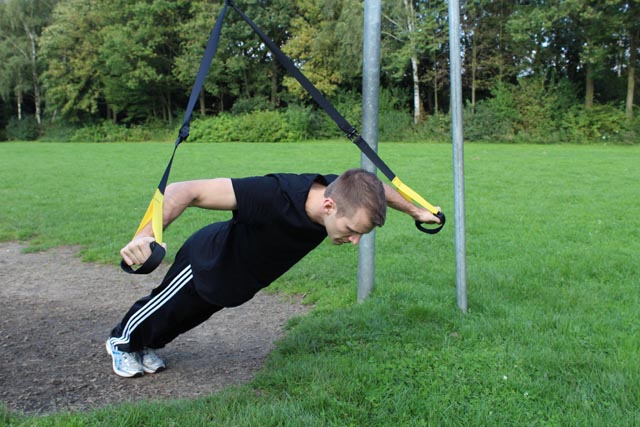 SPARTANAT: When people start training, what do you recommend they do?
SPARTANAT: When people start training, what do you recommend they do?
Thorsten Schreiber: Since I have been involved in competitive sports for years, I believe that beginners should always involve a trainer or experienced training partner. They can provide valuable tips on how to perform exercises, apply the correct technique, and take breaks. It is also important to acquire some basic facts in the areas of training theory and nutrition. Only through this knowledge can the risk of excessive training load and resulting injuries be contained. Nutrition is important because it has a decisive influence, among other things, on muscle growth, fat loss, and recovery. All these aspects are included in our book.
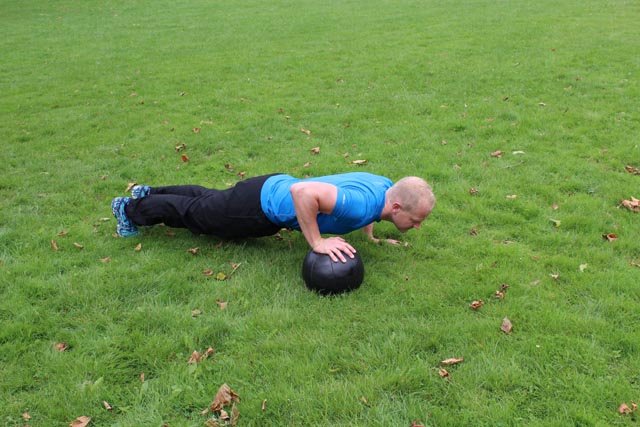 SPARTANAT: Many people nowadays fail to reach the level of fitness needed to become part of the special forces. Is your book helpful in that regard?
SPARTANAT: Many people nowadays fail to reach the level of fitness needed to become part of the special forces. Is your book helpful in that regard?
Torsten Schreiber: Absolutely. Since our book "Military Fitness" consists of so many components that not only promote strength and flexibility, but also provide valuable training plans for running and swimming, it provides a very good foundation to be able to meet the requirements of the special forces.
Furthermore, we provide good tips in the areas of training theory and nutrition, which must not be missing when you are intensively engaged with your body. For those who want to prepare optimally, in the next few days on the site KAMPFSCHWIMMER.DE you can download training plans specifically for combat swimmer training. There you will find strength training and running units from the book as well as special preparations for the training.
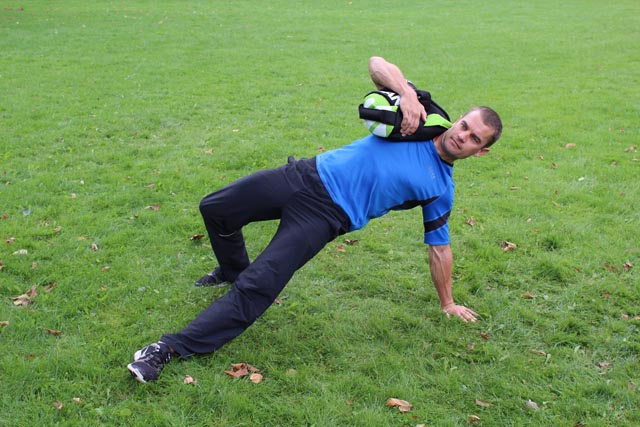 SPARTANAT: How much training is required to be combat swimmer fit?
SPARTANAT: How much training is required to be combat swimmer fit?
Torsten Schreiber: If you are asking how fit the soldiers would need to be to pass as combat swimmer trainees, it depends primarily on their personal level of fitness.
You don't have to be a high-performance athlete to make it in Eckernförde. But from my own experience as an instructor, I must say that those who prepare themselves reasonably well in the areas of running, strength training, and swimming have a realistic chance.
But be careful, fitness is not everything, because the biggest enemies are the inner pig and the psyche. Because very few people know how their body reacts in extreme situations. One last aspect is health. No matter how fit you are, if your body is frequently plagued by injuries and illnesses, it is naturally not possible to go through the training at the performance limit for several months.
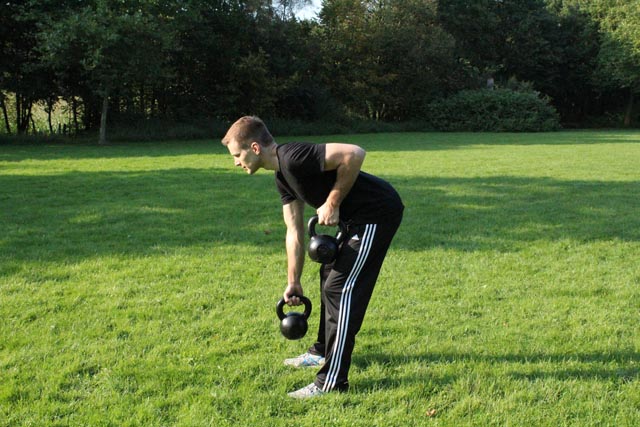 SPARTANAT: Ultimately, on a personal note, what do you do sportwise?
SPARTANAT: Ultimately, on a personal note, what do you do sportwise?
Torsten Schreiber: As a teenager, I tried out many sports. I could never really commit because I enjoyed doing everything. But I remained loyal to swimming for years. When I realized that I was also a pretty decent runner, the idea of triathlon was born.
During my time in the military, I had to give up triathlon to some extent, as there were other priorities and I lacked the time to complete a 10-20 hour training week.
Currently, for about 5 years, I have been fully involved in triathlon and consequently active in strength training. Since strength training complements all sports, especially triathlon, I train strength endurance, stabilization, coordination training, and explosive strength training, as described in the book. For example, through TRX or bodyweight training.
THORSTEN SCHREIBER, 35 years old, first completed an apprenticeship as an industrial mechanic. After three more years as a journeyman, he wanted to change careers and applied to the Bundeswehr. At that time, he became aware of the combat swimmers through a promotional video, he recalls: "That fascinated me so much that I immediately began training to go into the training as fit as possible. The high sports content and the myth of the combat swimmer were very appealing to me."
He committed himself for twelve years and went through combat swimmer training. After about two years, he joined an operational team of the combat swimmer company. In the following years, he completed dozens of courses and exercises, including foreign deployments. The last three years of his service were spent as an instructor at the combat swimmer training inspection, where he was responsible, among other things, for the diving, shooting, land combat, and sports training sections. After 12 years in the Bundeswehr, he applied to the fire department, where he currently serves as a fireman at a fire station.
Sportingly, in recent years he has always chosen one highlight per year in addition to triathlon. This included, for example: Tough Guy Run in England, long-distance triathlon in Glücksburg, or the ÖTillÖ in Sweden.
Four years ago, he and a friend founded the KSH-Schwansenman in Schleswig Holstein. The name comes from the venue on the Schwansen peninsula. "It is a Swim and Run team competition based on the ÖTillÖ in Sweden," says Torsten. "Of course, in a very stripped-down form. The goal is to run about 13km and cross four bodies of water each 500m. Aids are allowed but must be carried to the finish line. If interested, visit us on Facebook."
SPARTANAT is the online magazine for Military News, Tactical Life, Gear & Reviews.
Send us your news: [email protected]
Ad
similar
Get the weekly SPARTANAT newsletter.
Your bonus: the free E-Book from SPARTANAT.


